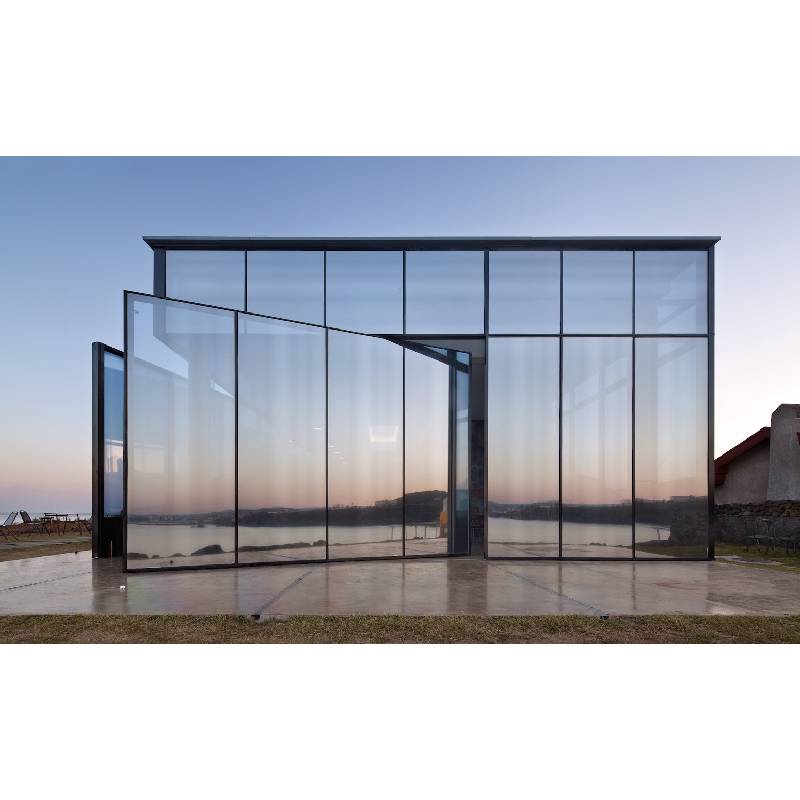

The Benefits and Innovations of Anti-Reflective Glass
Anti-reflective glass has gained significant traction across various industries due to its unique properties and numerous advantages. This specialized glass is engineered to reduce glare and reflection while maintaining high optical clarity. The result is improved visibility and aesthetic appeal, making it a preferred choice for everything from consumer electronics to architectural applications. In this article, we will explore the benefits, innovations, and potential future developments in anti-reflective glass technologies.
Understanding Anti-Reflective Glass
Anti-reflective glass is treated with a special coating that minimizes the amount of light reflected off its surface. Traditional glass can reflect a significant percentage of light—often around 8% to 10%—which can distort images and hinder visibility. By using a multi-layer coating, anti-reflective glass can reduce this reflection to less than 1%. This is achieved through interference effects, where the layers of the coating are designed to cancel out specific wavelengths of light, thereby enhancing the transmissivity of the glass.
Benefits of Anti-Reflective Glass
1. Improved Visibility One of the primary benefits of anti-reflective glass is its ability to improve visibility. In applications such as eyeglasses and camera lenses, this enhanced clarity translates into sharper images and reduced eye strain. For users, this means a more comfortable experience, especially in bright environments or during prolonged use.
2. Enhanced Aesthetics Anti-reflective glass is often used in displays, artworks, and retail environments where clarity is crucial. The lack of glare allows viewers to engage with the content more directly, making it an ideal choice for museum displays and high-end retail showcases.
3. Durability and Resistance Many anti-reflective coatings are made to be scratch-resistant and durable, increasing the lifespan of the glass products. This quality is especially important in high-traffic areas or in products like smartphone screens, where wear and tear can significantly impact functionality and appearance.
4. Energy Efficiency In architectural applications, anti-reflective glass can contribute to energy efficiency. Buildings utilizing this type of glass allow more natural light, reducing reliance on artificial lighting during the day. Moreover, certain coatings can also help in managing heat gain, contributing to overall energy savings.

Innovations in Anti-Reflective Glass Technologies
Recent advancements in technology have led to significant improvements in anti-reflective glass. One prominent innovation is the development of nano-coatings, which utilize nanotechnology to create even thinner and more effective coatings. These coatings maintain the high optical quality of traditional anti-reflective glass while providing additional benefits, such as increased resistance to dirt and easier cleaning.
Furthermore, researchers are exploring the use of self-cleaning surfaces on anti-reflective glass. This technology employs hydrophilic and hydrophobic properties to allow water to spread evenly across the surface, effectively washing away dirt and debris. Such advancements not only enhance the visual appeal but also reduce the need for frequent maintenance, making them ideal for outdoor applications like solar panels and windows in skyscrapers.
Future Developments and Applications
As the demand for anti-reflective glass continues to grow, its applications are becoming increasingly diverse. Industries such as automotive, aerospace, and consumer electronics are exploring how this technology can enhance their products. For instance, in the automotive sector, anti-reflective glass can improve the visibility of vehicle displays and reduce glare for drivers, enhancing safety.
Moreover, with the rise of augmented reality (AR) and virtual reality (VR), anti-reflective glass will play a crucial role in delivering immersive experiences. By minimizing reflection and enhancing clarity, this glass can make AR and VR interactions more lifelike and engaging.
Conclusion
In conclusion, anti-reflective glass stands out for its numerous benefits, technological innovations, and diverse applications. With continued advancements in coating technologies and an expanding array of uses, anti-reflective glass is poised to play a significant role in various fields. As industries evolve and demands for clarity and visual appeal grow, the future of anti-reflective glass is bright, paving the way for enhanced performance and aesthetics across multiple sectors.